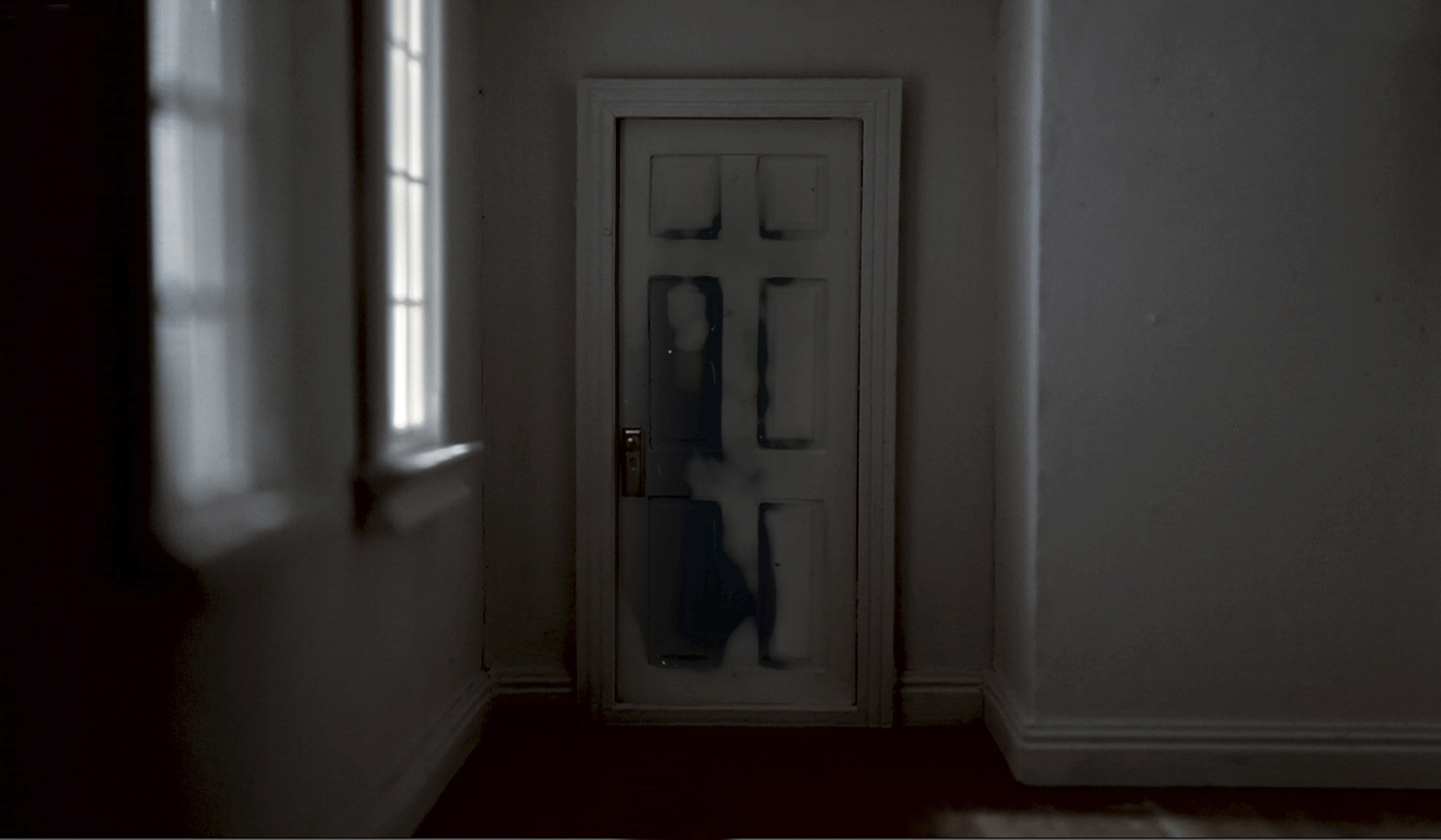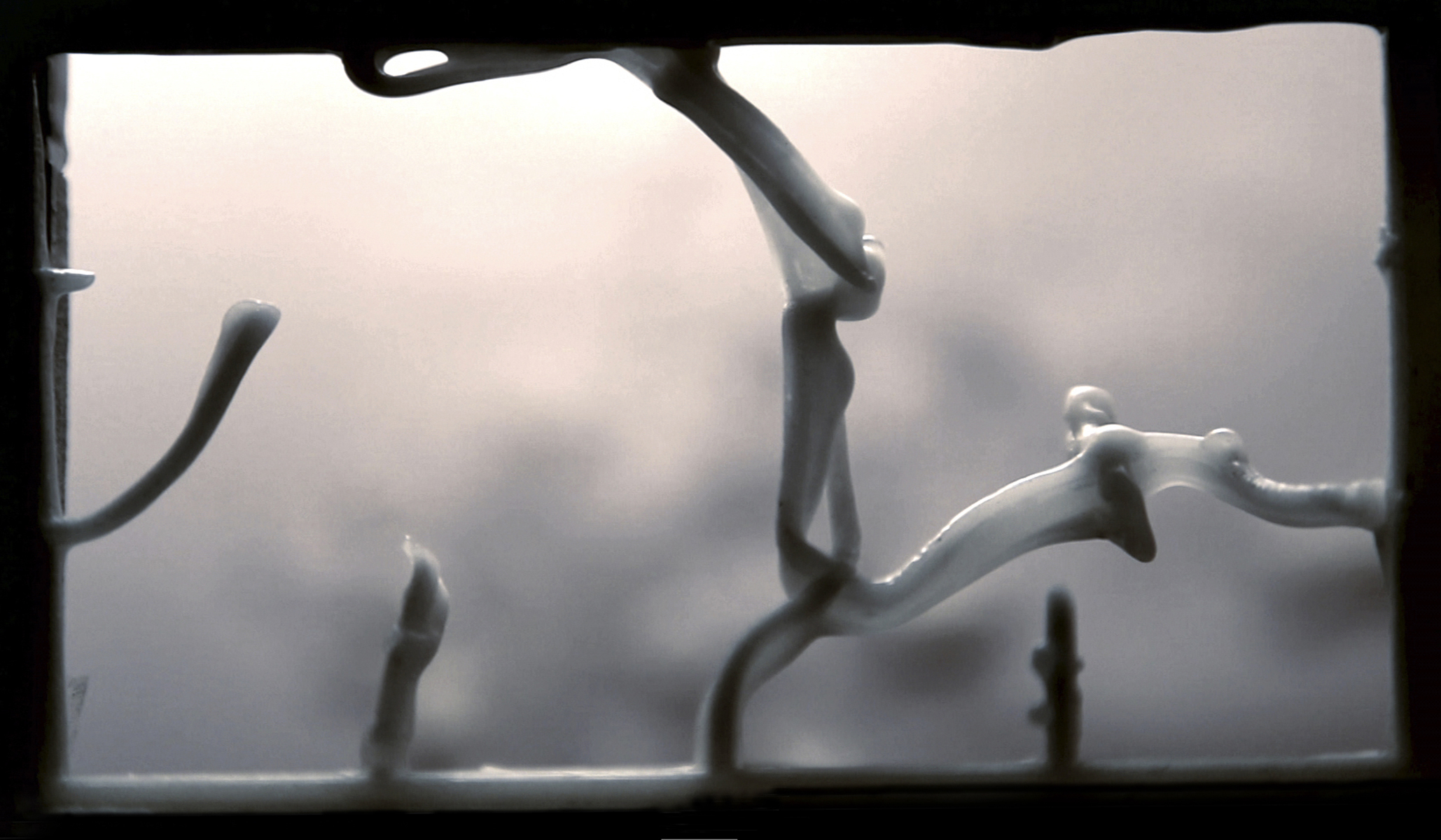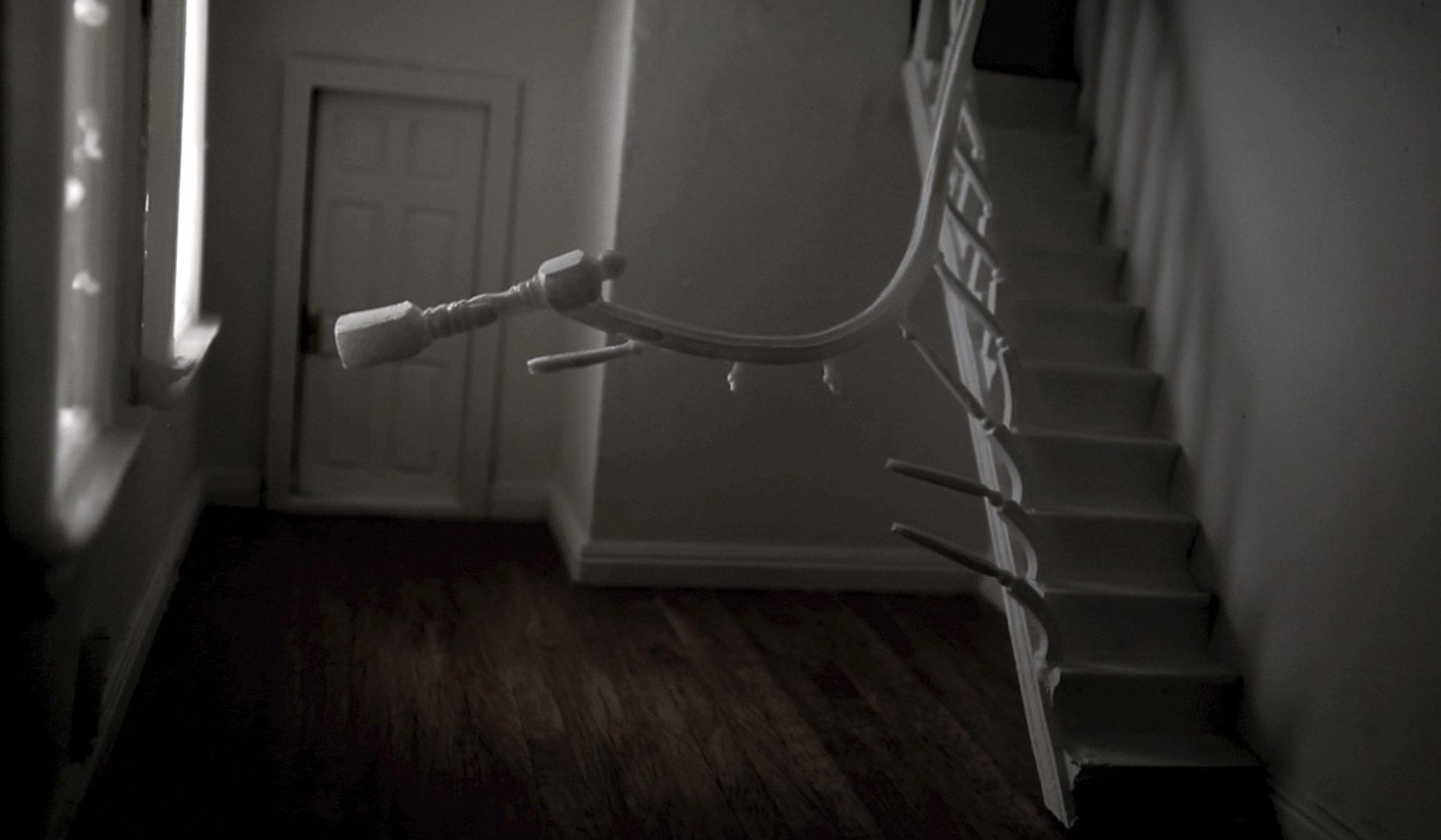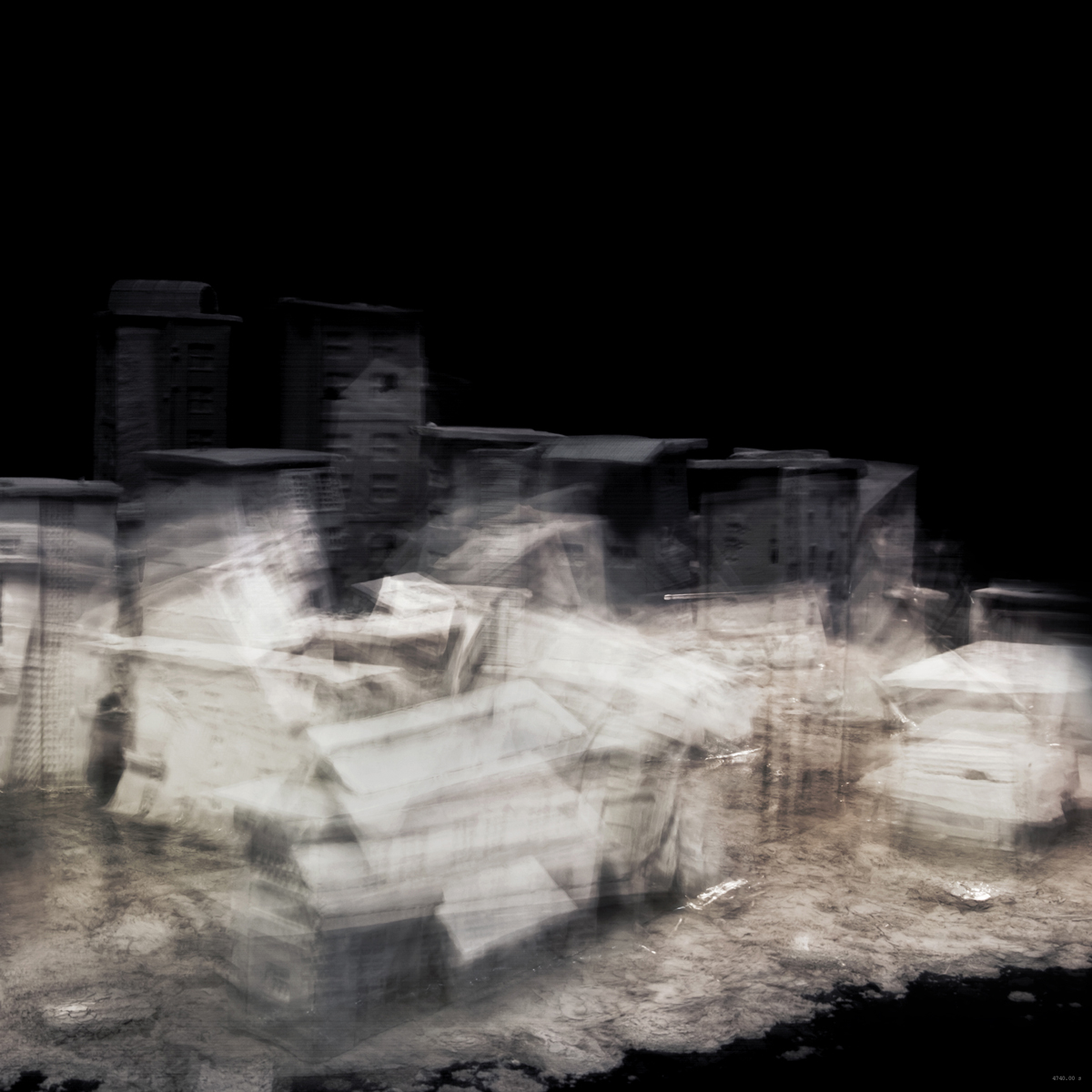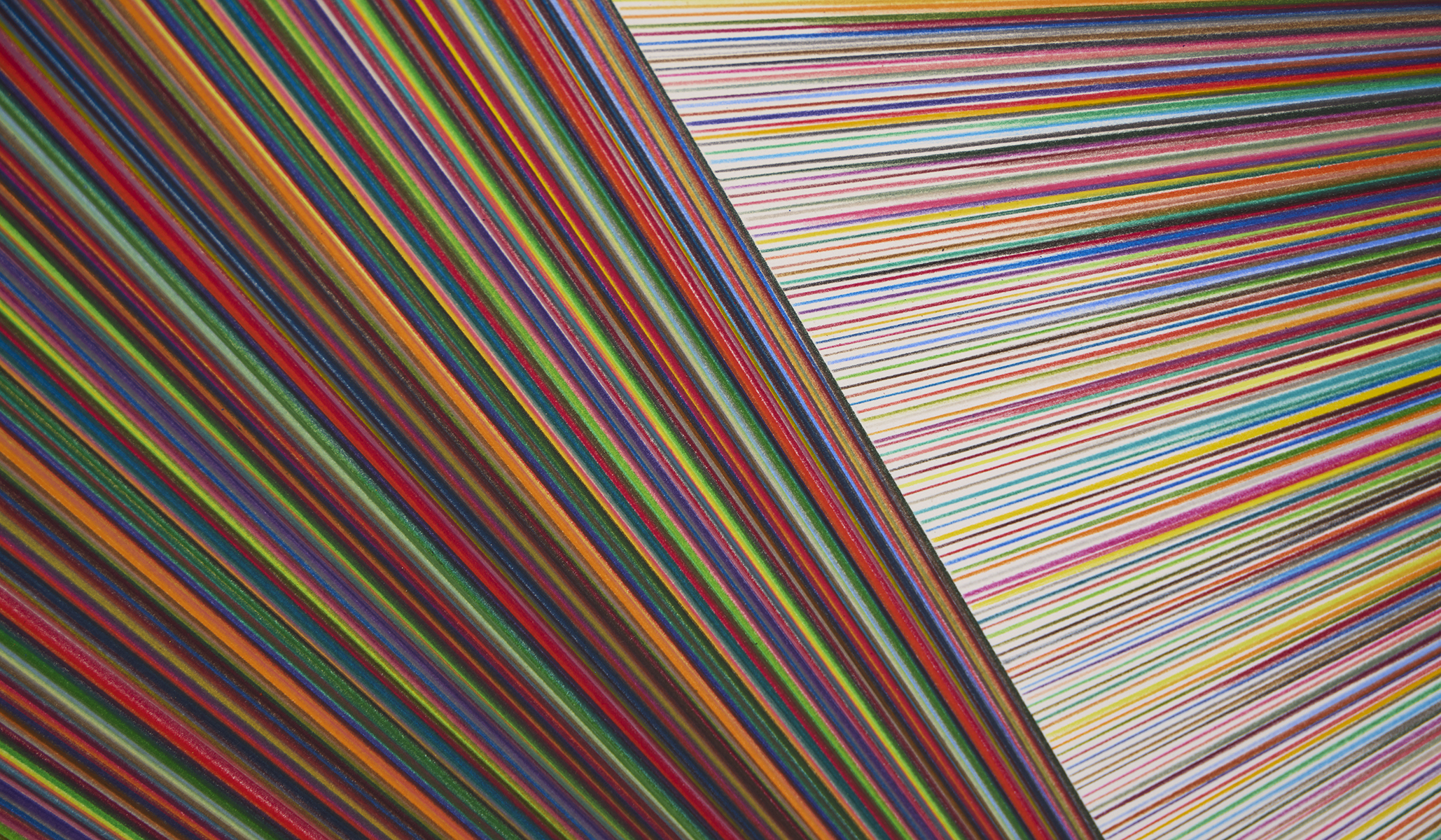Exhibition
“Disappearance is a notion that an absence can be a unique and expanded form of presence. It retains an excess meaning and experience. The process about capturing the lost imply a particular mental orientation, a sense of lost promise combined, perhaps, with a desire to redeem that promise in the future. It is a contemplative mode of thought that might lead to nostalgia and resignation or to renewed activism as the past is overlaid with, and tested against, the present. My works suggest a phantasmic site of loss: an eternal absence of the sort encountered in these visual images.”
Cyrus Tang
Artist Statement, 2016
The capture of time, of memory and its diminishing traces, and the many disparate stages of loss and forgetting pervade Cyrus Tang’s poignant images and sculptures.
Her sensitively nuanced works offer visual manifestations of fragments of what has been and the psychological and material traces of remembering and forgetting.
The title of Cyrus Tang’s most recent body of work Lacrimae rerum, loosely translates as ‘there are tears at the heart of life… of all things’ which derives from Book 1 of the Latin epic poem, The Aneid by Roman poet Virgil and tells a mythic tale of Aeneas, a Trojan on a fraught quest for a second home. The vengeful side of humanity, the inherent sorrow within existence, along with themes of violence and conflict, survival and conquest that are within the narrative are sentiments and concerns echoed in Tang’s works.
The legacies of contemporary tragedy, the recent Nepal earthquake and the devastation and collateral damage of man-made wars experienced daily in the current Syrian conflict prompted Tang’s sequence of images of a disintegrating city – and by extension, of civilization.
The artist has shot a time-lapse sequence of a fictive city from buildings she cast in raw unfired clay. Cameras placed at different angles record the process of disintegration as the city slowly sinks and is subsumed into a liquid mire, creating. a virtual visual record of time condensed, and a metaphor for the state of mankind,
The symbolism and the transformative power of fire, elemental to Tang’s ceramics practice and also to the burning rituals of many Asian cultures to transport the spirit of the deceased another life is acknowledged in her sculptural installation The Children’s Encyclopaedia Vols 1-10. Each block of pages from individual volumes of Arthur Mee’s ten-volume set published in the 1950s is removed from its covers and ‘cremated’, smouldering inside a kiln at 1280 degrees Celsius. Tang displays the charred skeleton of pages on top of its empty set of covers like a body on a pyre and encapsulates it in a protective clear Perspex case. The ashen remains are the only trace of a physical body of knowledge and so many erased childhoods now carried only ephemerally as fragments of retained learning and fragile fugitive memories.
Tang’s haunting monochrome video suite, In memory’s eye we travel … 1, 2 and 3 calls on a residue of nostalgic personal and universal childhood memory, burrowing inside the often distorting impressions of home in sense of scale and mood; the images warping, darkening and fading with the passage of time.
Born in Hong Kong, Cyrus Tang moved to Australia in 2003. She has a degree in Fine Arts from Victoria College of the Arts and a Master of Fine Arts from Monash University completed in 2009. Cyrus has been awarded artist residencies at the National Art Studio in South Korea (2012), with the Helsinki International Artist Program (2013), Cite Internationale des Arts, Paris (2009) and The Banff Centre Canada (2008). Cyrus Tang was the recipient of the National Gallery of Victoria Trustee Award in 2003 and has had subsequent significant grants and prizes. Her works are held in the collection of Artbank and private collections in Australia and Japan.
Barbara Dowse
Curator

